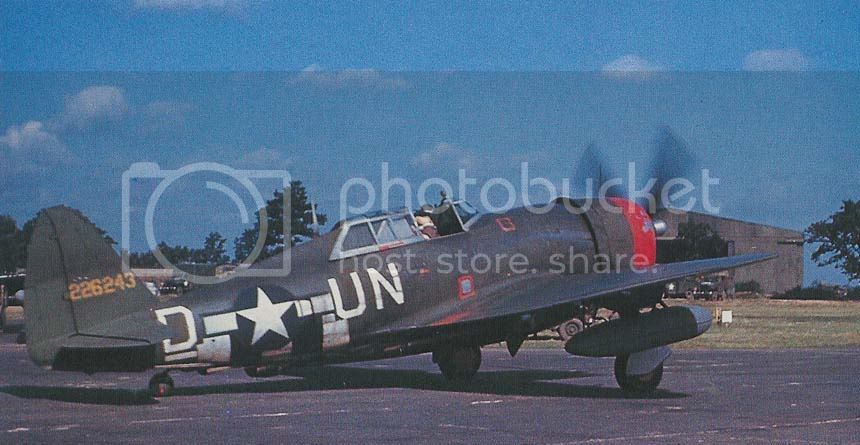Quoted Text
The Red cowlings were newly painted on worn aircraft...Many /some show paint peeling, I assume due to either paint failure (improperly applied in the field, or not allowed to cure before use)
The same thing happend to Don Gentile's and John Godfrey's P-51's, if you read the book...New paint on the spinners, a quick flight through rain (very abrasive at high speed) and the new red paint peeled all off exposing the spinner beneath. Later it was repainted again.
Hi DC8B.B.,
What book are you referring to?
Quoted Text
BTW, Gentiles aircraft was far from immaculate, but it was rather clean. Lots of oily rags wiped down his aircraft.
That Shangri-La was immaculate is a quote from the following books I have perused:
The Mighty Eighth in Color, 9Th Air Force in Color, Fighters of WWII in Color, Carrier Air War in Original Color , Jeff Ethel's and Roger Freeman's books on the P-51 and P-47, and others.
Quoted Text
American aircraft had little to no chipping of paint. They were carefully painted with quality paint...The few chips on US aircraft are usually on the walkway, and on the push in steps...and are very small in size.
As for chips on the cowl panels, haven't seen any in those color pics... I try to stick with my references, and not get too hypothetical...
If you look at the model and pictures of the real aircraft, you would notice the d-day stripe are freshly overpainted on the top...therefore notice there is no chipping, or black powder stains around the ammo panels.
In these books, you will find numerous pics of our paint coming off. A color photo of 56th F.G. razorback UN*B shows a large, probably 1 ft X 1 Ft area on the tail that the paint peeled away from Close-ups show chipping all over the m,aintance areas, and a few shots of P-47s that show the top of the wingroot shows large areas where the paint has worn away.
Further, B-26s tend to loose the paint along their nose in long jagged peels.
Interestingly, F4Us on carriers had a fair amount of wear along the leading edge wingroot, and the front fuselage.
Something to keep in mind. Our paint was superior, but at the same time, our planes didn't always last long enough to weather heavily. Attrition saw to that. An exception is the famous B-26
Flak Bait. And in England, the maintenance crews had more opportunity to touch up. Then there is the B-17 "Nine-O-Nine" who's OD was faded to a khaki, without any noticeable chips on the front fuselage. But there wasn't much walking/leaning on there. However, on many of these planes, you can see darker (fresher) areas of paint here and there where, no doubt, they were touched up.
Our planes did loose paint. Not like the Japanese's when they were painted improperly, but loose paint, we did.
I can supply you with particular aircraft and their scars with page numbers of the specific books, if you'd like. Understand that I am not trying to bust your chops, but weathering is one of my favorite aspects of modeling and I have studied it for decades. I am very interested in new source material to either prove or dispel my ideas.

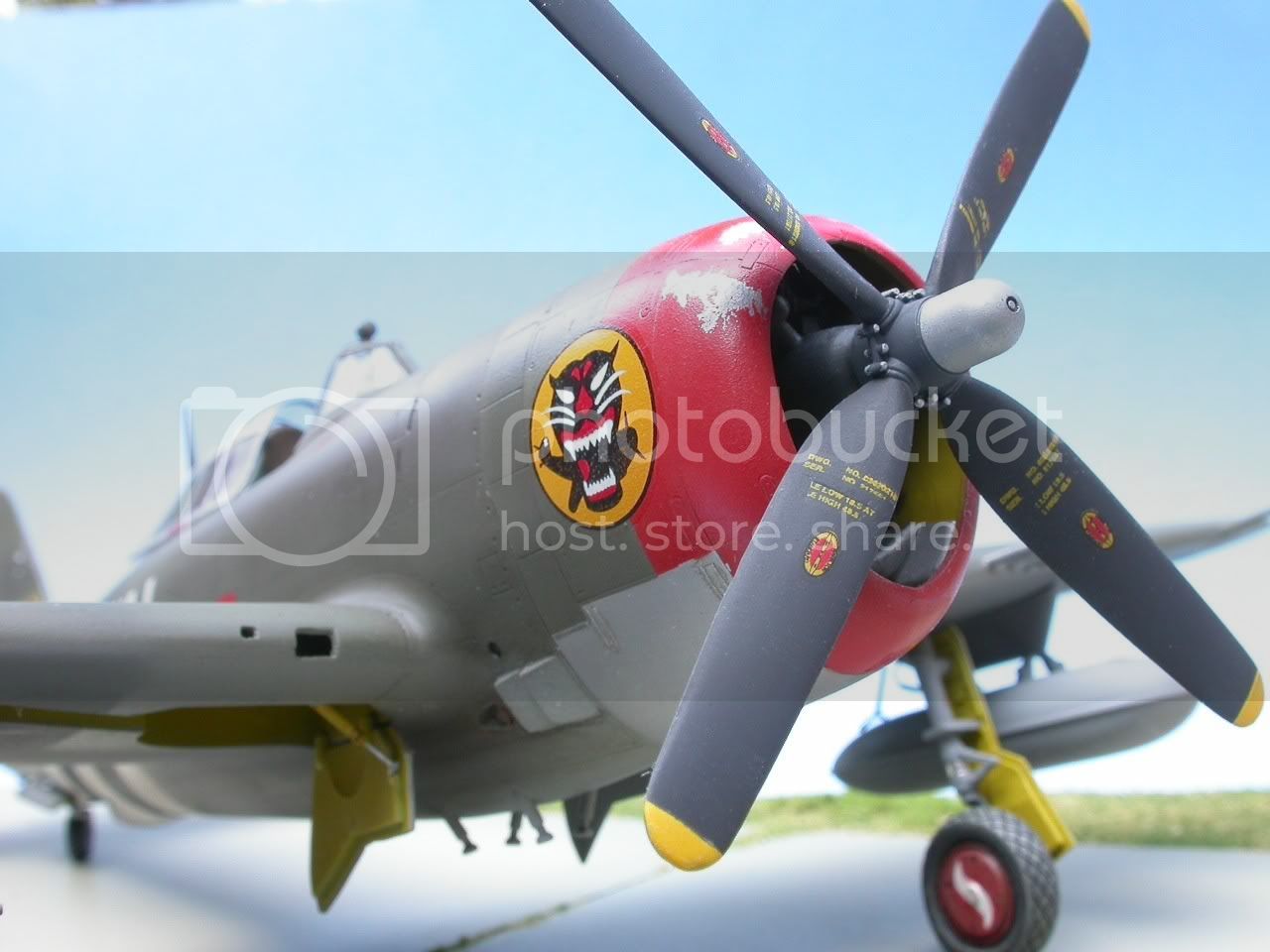





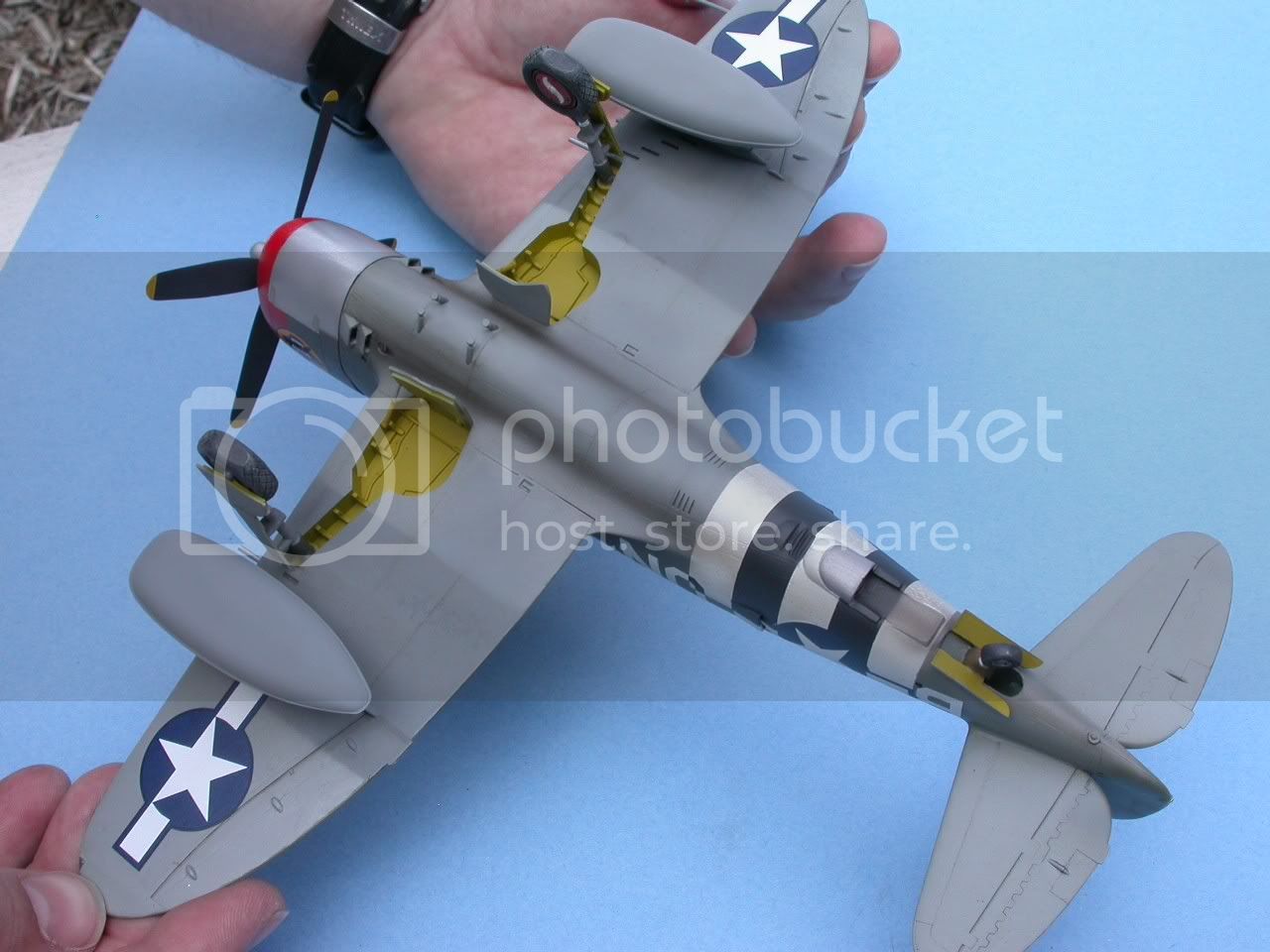
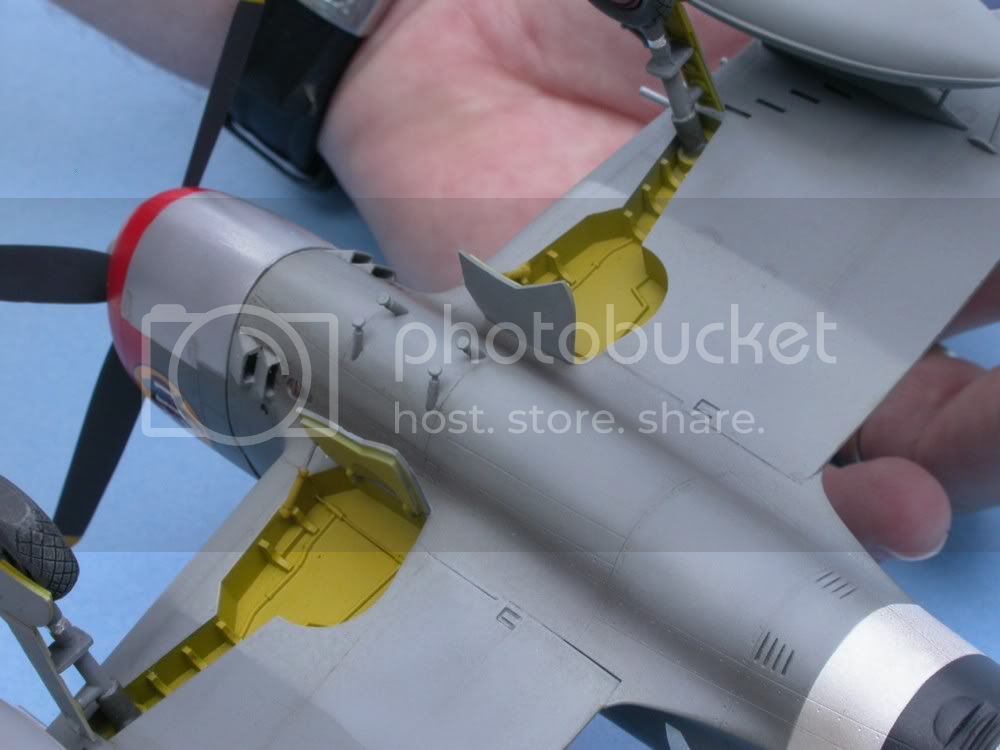
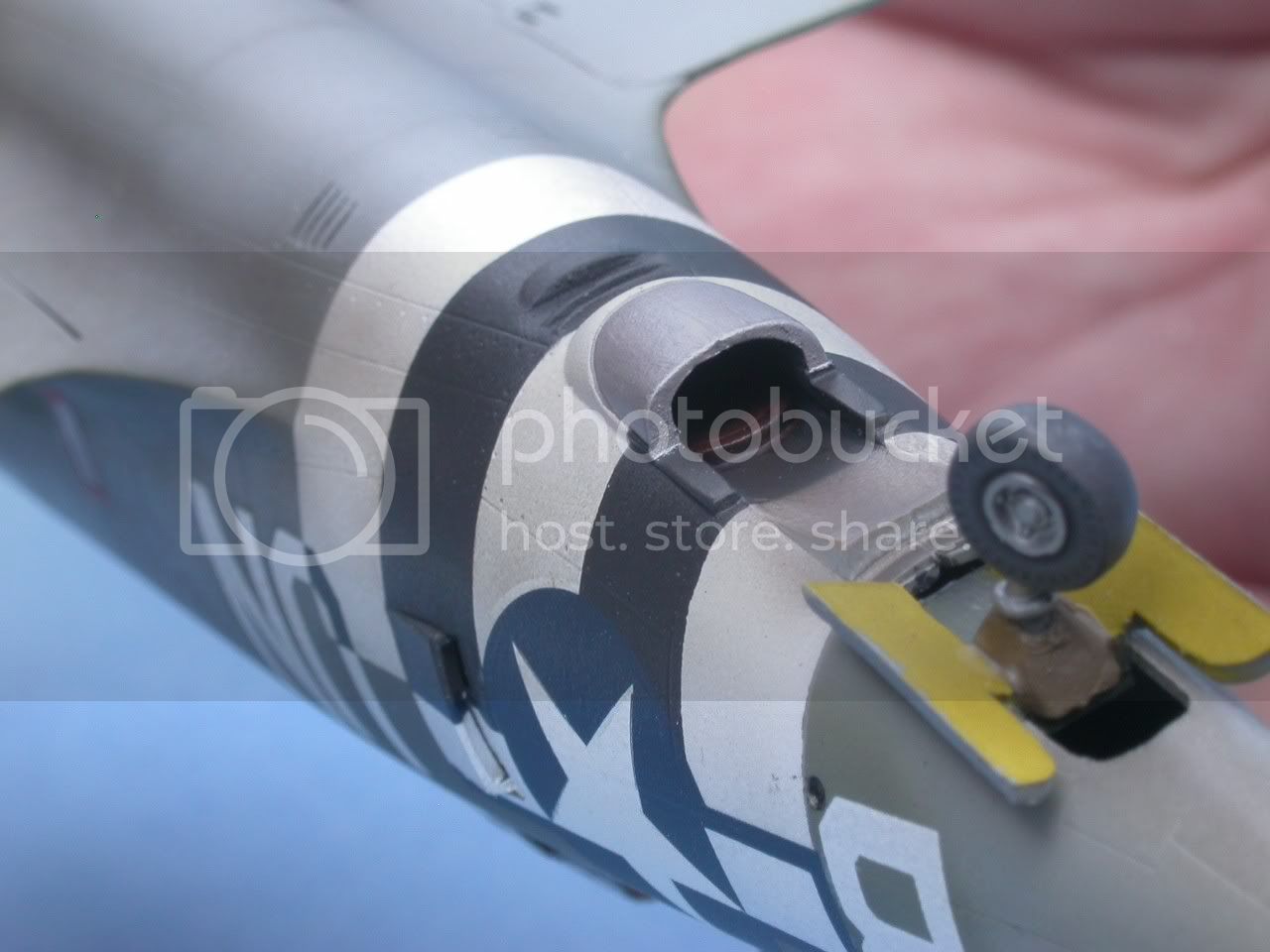
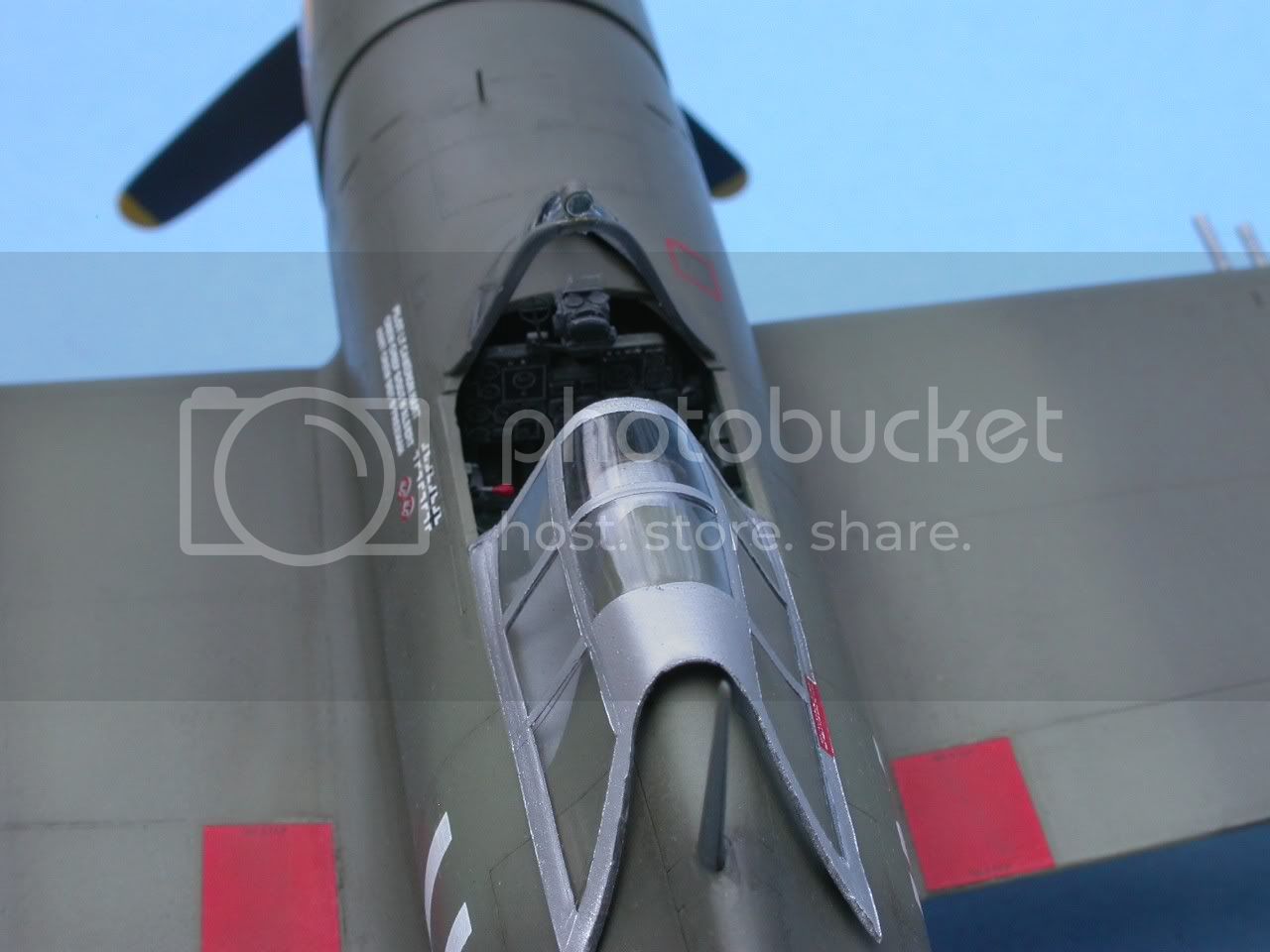


 DC8Big Brown,
DC8Big Brown,


